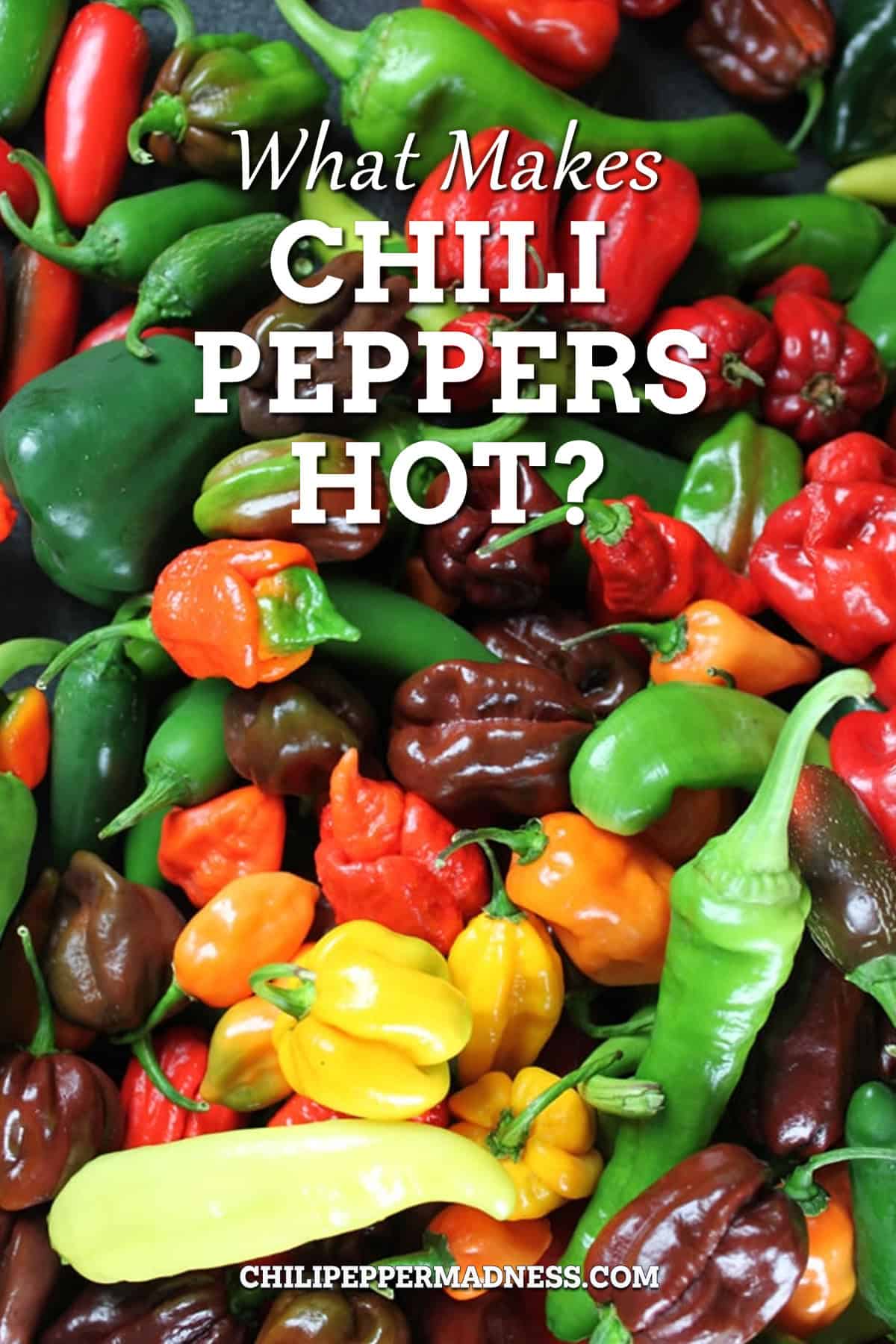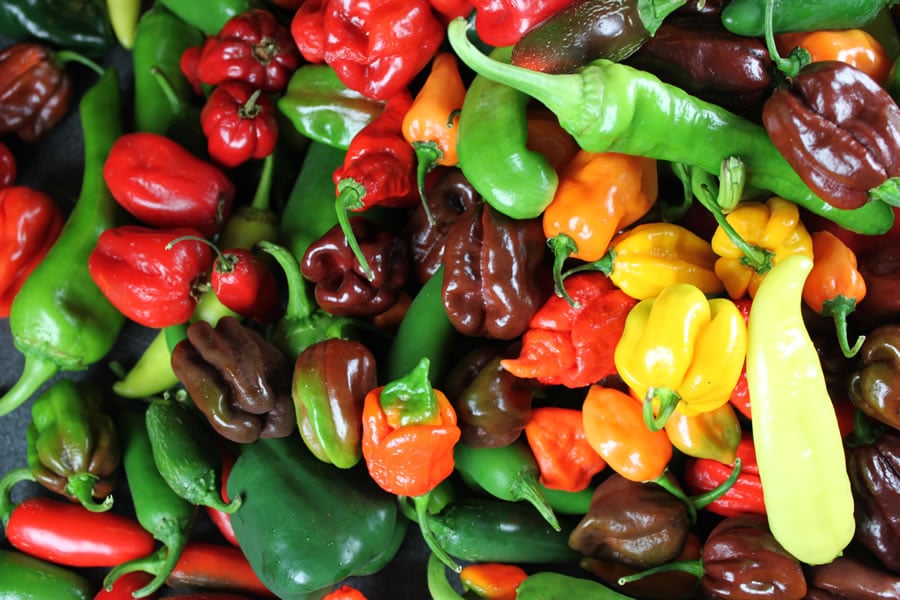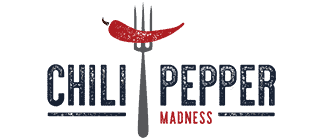Why are chili peppers hot and spicy? Learn what makes chili peppers hot and gives them their distinctive heat that we all love.

What Makes Chili Peppers Hot?
Most of us love the jalapeño (and other beautiful peppers) because of the little “kick” we get when we take a bite of one.
Sure, as far as taste is concerned, jalapeños are delicious, but that blast of spiciness that bursts in your mouth and ravishes your tongue is a powerfully added bonus, making hot peppers among the greatest flavors in the world.
That spiciness we all love and crave comes from a compound called capsaicin that is found in all hot peppers. Interestingly enough, capsaicin is found in no other plant than the chile pepper.
A single drop of this substance combined with 100,000 parts water is still noticeably spicy. Isn’t that great!
Capsaicin itself is tasteless and odorless and is produced by the glands in the chile pepper’s placenta, found at the top portion of the pepper below the stem.
Note: The placenta is about sixteen times hotter than the rest of the pepper and is usually removed along with the seeds (another hot part of the pepper) when preparing food.
If you’re looking for a good kick with your dishes, leave it in (along with the seeds), and see what you get. Oh yeah!
Scientists have observed that many rodents and other small mammals do not particularly like the jalapeño, possibly an evolutionary advantage developed through the generations to protect the peppers from evildoers.
Birds, however, seem to be unaffected by the pepper heat.
This, of course, is an advantage to our friend, the chile, because when birds eat the peppers, they disperse the seeds through their droppings all across the land, thus perpetuating that thing we all love so much (though admittedly in a rather gross manner).
Trying to Beat the Chili Pepper Heat
Have you ever put a hot, spicy pepper into your mouth on a wild whim and then suddenly realize that “Argh! This is too hot!”
Of course this shouldn’t happen with the jalapeño, but it can happen with some of the other, hotter varieties of chiles, like the habanero.
What to do?
One bit of advice: Don’t Drink The Water! Pure capsaicin is soluble in alcohol but not soluble in cold water.
Hence, instead of dousing the raging flame on your tongue, the water will only spread the spices around in your mouth and make the situation worse.
Instead, try sugar or milk to curb that luscious heat (if you can’t take it, that is).
After time, you can build up a tolerance to the heat by continuing to eat hot peppers in small doses, but you’ll always have the initial burst of spicy flavor with our friend, the jalapeño.
Additionally, when handling chile peppers, you should always wear rubber gloves to avoid contact with the pepper oils.
The oils can cause a burning sensation on the skin. In a pinch you can use the yellow rubber gloves that many people use while washing dishes, but thin latex gloves work wonderfully for maneuverability.
It’s really a lot easier to cut and handle the peppers with these types of gloves.
Check out my page on how to stop the chili pepper burn for more information and tips. Be sure to check out the reader comments!



Max says
H there! Beautiful page with many helpful hints and recipes!
I was wondering if you just remove the stem of the chile or you remove the seeds as well when making your recipes!
Thank's for your insight 😉
REPLY: Thanks, Max. I almost always just leave the seeds in, though you can remove them if you'd like. Often they get strained out when making certain sauces, but mostly I just leave them. -- Mike from Chili Pepper Madness.